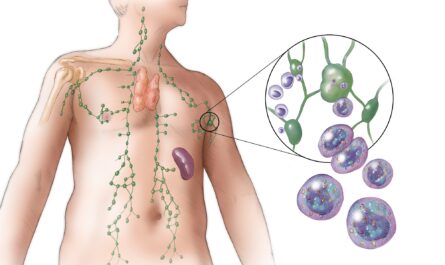As the threat of future Zika virus epidemics remains, researchers are striving to understand how the virus replicates and passes from mother to fetus. Driven by a heavy rain season and a subsequent increase in the virus’s host mosquito population, a Zika virus outbreak in 2015 caused thousands of babies in Brazil to be born with severe birth defects. Unlike other flaviviruses such as West Nile, dengue, and yellow fever, Zika has the unique ability to transmit from an infected mother to her unborn child.
Researchers, led by Joyce Jose, an assistant professor of biochemistry and molecular biology at Penn State, have discovered that Zika-infected maternal cells create connections known as tunneling nanotubes. These nanotubes extend to uninfected cells both within and from the mother to the fetus. The findings of the study, currently under review and available in preprint form, suggest that these tunneling nanotubes allow the virus to replicate in the mother and pass to the baby.
Furthermore, the tunneling nanotubes may provide a means for the virus to evade the host’s immune response, allowing for a stealth mode of transmission. The team’s previous research indicates that a specific protein called non-structural protein 1 (NS1) may play a role in inducing the formation of these nanotubes. Through experiments in vitro and in vivo, Jose and her colleague, Indira Mysorekar, a professor of medicine at Baylor College of Medicine, aim to identify the regions of NS1 that initiate the formation of the nanotubes and interact with human proteins.
Understanding the mechanisms behind the formation of the nanotubes is crucial in developing prevention measures. By targeting the regions of NS1 that facilitate nanotube formation, potential drugs could be developed to disable its function.
The researchers will also investigate whether whole Zika virus particles or just viral RNA are transported through the nanotubes. Previous research has suggested that components of the virus, such as RNA and certain proteins, can be found inside these nanotubes, but it remains unclear if the entire virus or only parts of it can pass through.
Moreover, the team plans to study the role of tunneling nanotube formation in the transmission of Zika virus from mother to fetus by observing the virus in pregnant mice. Additionally, they will investigate the transport of mitochondria through these nanotubes. This comprehensive research aims to shed light on Zika virus replication and transmission, ultimately guiding the development of effective prevention strategies.
As human infections of Zika virus have declined since the 2015 outbreak, the threat of potential future epidemics remains. With the added impact of climate change, the mosquitoes that carry Zika virus may expand their ranges, putting more people at risk, including those in the United States. Given the lack of vaccines or antiviral therapies, understanding the virus’s replication and transmission mechanisms is crucial in minimizing the impact of future outbreaks.
*Note:
1. Source: Coherent Market Insights, Public sources, Desk research
2. We have leveraged AI tools to mine information and compile it




